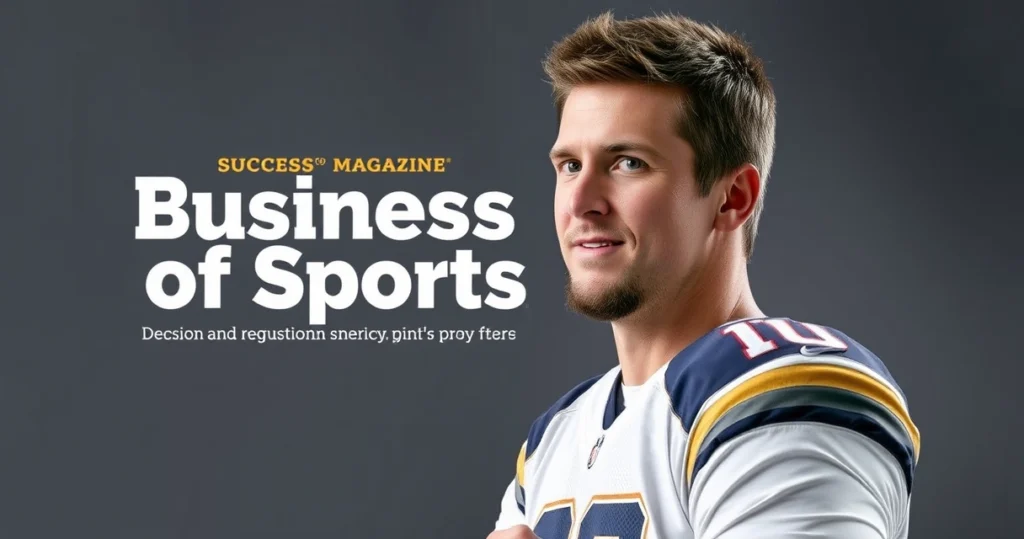Lewis Hamilton Heartbroken After Accidentally Hitting Groundhog in Canada
In a shocking turn of events during the Canadian Grand Prix, Formula 1 driver Lewis Hamilton expressed deep sorrow after accidentally running over a groundhog on the racetrack. The incident occurred during the highly anticipated race at Circuit Gilles Villeneuve, and the emotional impact on Hamilton was palpable. As one of the sport’s most recognizable figures, Hamilton’s reaction has sparked conversations about animal welfare and the responsibilities of motorsport athletes.

Hamilton, who has long been an advocate for various social issues, including animal welfare, took to social media shortly after the race to share his feelings. “I’m devastated about what happened today,” he wrote. “This is not just a sport; it’s a platform, and I want to use my voice to raise awareness about the importance of respecting all forms of life.” This incident not only highlights the dangers of high-speed racing but also the implications of wildlife encounters in motorsport environments.
The Incident at the Canadian Grand Prix
The Canadian Grand Prix, known for its scenic views and challenging track layout, has been a staple in the Formula 1 calendar for decades. However, the 2023 edition will be remembered not just for the race itself but for the unforeseen tragedy involving a groundhog. As Hamilton sped around the track, the groundhog unexpectedly crossed his path, leading to a collision that left Hamilton emotionally shaken.
The Immediate Aftermath
Following the incident, Hamilton was visibly upset, and his team members noted his distress. “Lewis is a compassionate person, and incidents like these weigh heavily on him,” said a member of his team. The race continued, but Hamilton’s performance was marked by a noticeable change in demeanor. It is a reminder that even in high-stakes environments, the well-being of all creatures should be considered.
Implications for Animal Welfare in Motorsport
The accidental death of the groundhog raises significant concerns about animal welfare in motorsport. As the popularity of racing events grows, so do the risks for local wildlife. The following points shed light on the broader implications of such incidents:
- Increased Wildlife Encounters: As racetracks are often built in natural settings, the likelihood of wildlife encounters increases, necessitating better measures to protect animals.
- Racing Regulations: There may need to be a review of safety regulations and protocols related to wildlife on tracks to prevent future occurrences.
- Awareness Campaigns: Campaigns aimed at educating drivers and teams about wildlife safety can be beneficial.
- Partnerships with Wildlife Organizations: Collaborations between motorsport organizations and wildlife conservation groups can help mitigate risks.
Lewis Hamilton’s Advocacy for Animal Rights
Lewis Hamilton has been a vocal advocate for animal rights and environmental issues throughout his career. His commitment to these causes has only intensified in recent years, as he recognizes the platform he has as a world-renowned athlete. His heartfelt reaction to the groundhog accident is consistent with his history of championing animal welfare.
Past Initiatives
Hamilton has previously supported various initiatives aimed at protecting animals and their habitats, including:
- Promoting veganism and animal rights through social media.
- Supporting wildlife conservation projects financially.
- Raising awareness about the impacts of climate change on animal habitats.
Reactions from the Motorsport Community
The motorsport community has rallied around Hamilton, expressing sympathy for his emotional turmoil. Fellow drivers and team members have taken to social media to offer their support and share their thoughts on the incident. Many recognize the inherent dangers of racing, not just for drivers but for local wildlife as well.
Statements from Fellow Drivers
Several prominent figures in the racing world have made statements regarding the incident. Notably, champion driver Max Verstappen commented, “It’s a tragedy when these things happen. We race in natural environments, and we have to be mindful of the impact on wildlife.”
Frequently Asked Questions (FAQ)
1. What happened during the Canadian Grand Prix?
Lewis Hamilton accidentally hit a groundhog while racing during the Canadian Grand Prix, which led to an emotional response from him after the incident.
2. How did Hamilton react after the accident?
Hamilton expressed his devastation on social media, emphasizing the importance of respecting all forms of life and sharing his sorrow regarding the incident.
3. What are the implications for animal welfare in motorsport?
The incident raises concerns about wildlife safety at racetracks and could prompt discussions on safety regulations and partnerships with wildlife organizations.
4. Has Hamilton been involved in animal rights advocacy before?
Yes, Hamilton has a history of supporting animal rights and environmental initiatives, including promoting veganism and supporting wildlife conservation efforts.
5. How can motorsport organizations improve animal welfare?
Motorsport organizations can enhance animal welfare by implementing safety protocols, increasing awareness campaigns, and partnering with wildlife conservation groups.
Conclusion
The accidental collision involving Lewis Hamilton and a groundhog during the Canadian Grand Prix serves as a poignant reminder of the intersection between sports and wildlife conservation. Hamilton’s heartfelt reaction underscores the emotional burden that can accompany such incidents and the need for greater awareness in motorsport regarding animal welfare. As the conversation continues, it is crucial for the motorsport community to reflect on its practices and consider the impact of racing on local wildlife. Ultimately, it is a call to action for all involved to prioritize both the thrill of competition and the sanctity of life.
📰 Original Source
Este artigo foi baseado em informações de: https://www.bbc.com/sport/formula1/articles/cp3q3g1wd19o


